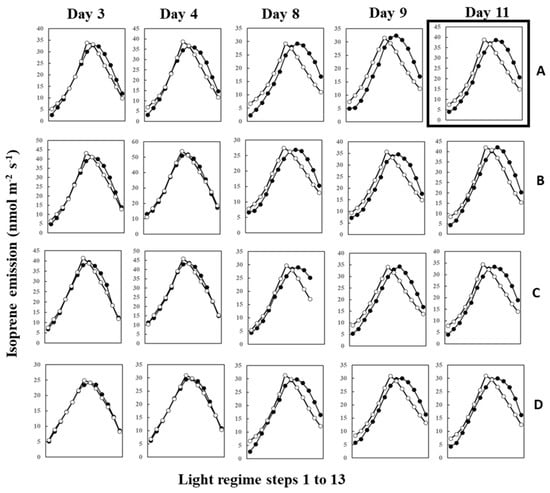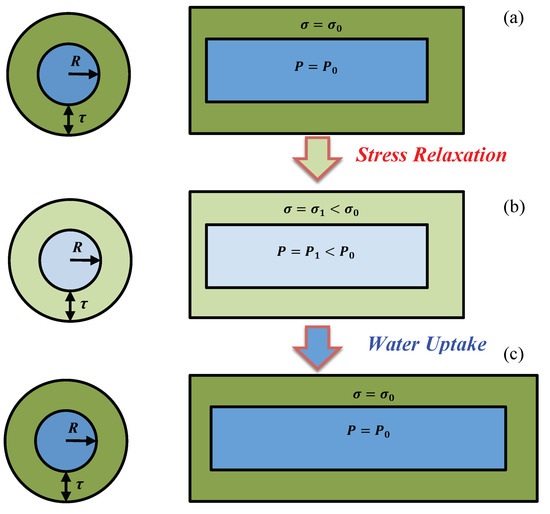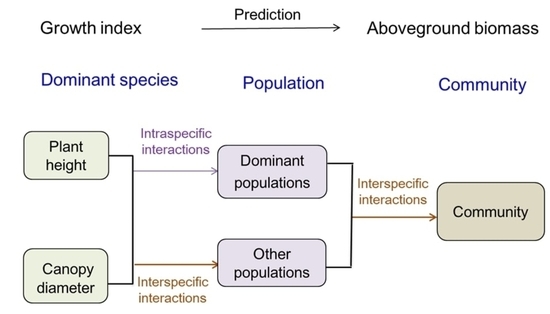Modeling Impacts of Changing Environmental Conditions on Plant Growth
A topical collection in Plants (ISSN 2223-7747). This collection belongs to the section "Plant Modeling".
Viewed by 44151Editor
Topical Collection Information
Dear Colleagues,
Mathematical models allow addressing complex real world phenomena by simplification. Model building is a constant back and forth of assuming, assessing and adjusting modeling concepts and input parameters. Bringing together various modeling approaches within the field of plant growth modeling can stimulate and expedite this process.
Predicting effects of changing environmental conditions on plant growth is one of these complex phenomena that models can help to get a grip on. Whether these changes are short- or long-term or whether they occur in a controlled environment or in the field, plants do react.
Modeling and predicting these reactions on different stimuli can increase the biological understanding and open up new strategies on how to react to future challenges in plant growth. Ideally, while demonstrating the use of different modeling techniques, cross-realations between environmental factors might be revealed and mechanisms of plant responses can be adapted.
The Special Issue will explore various modeling approaches to study environmental changes affecting plant growth, including mechanistic and empirical models; from classical methods to machine learning methods.
Dr. Dominik Schmidt
Collection Editor
Manuscript Submission Information
Manuscripts should be submitted online at www.mdpi.com by registering and logging in to this website. Once you are registered, click here to go to the submission form. Manuscripts can be submitted until the deadline. All submissions that pass pre-check are peer-reviewed. Accepted papers will be published continuously in the journal (as soon as accepted) and will be listed together on the collection website. Research articles, review articles as well as short communications are invited. For planned papers, a title and short abstract (about 100 words) can be sent to the Editorial Office for announcement on this website.
Submitted manuscripts should not have been published previously, nor be under consideration for publication elsewhere (except conference proceedings papers). All manuscripts are thoroughly refereed through a single-blind peer-review process. A guide for authors and other relevant information for submission of manuscripts is available on the Instructions for Authors page. Plants is an international peer-reviewed open access semimonthly journal published by MDPI.
Please visit the Instructions for Authors page before submitting a manuscript. The Article Processing Charge (APC) for publication in this open access journal is 2700 CHF (Swiss Francs). Submitted papers should be well formatted and use good English. Authors may use MDPI's English editing service prior to publication or during author revisions.
Keywords
- modeling
- plant response
- climate change
- drought
- heat waves
- light, nutrition
- plant architecture
- in silico
- interactions



















